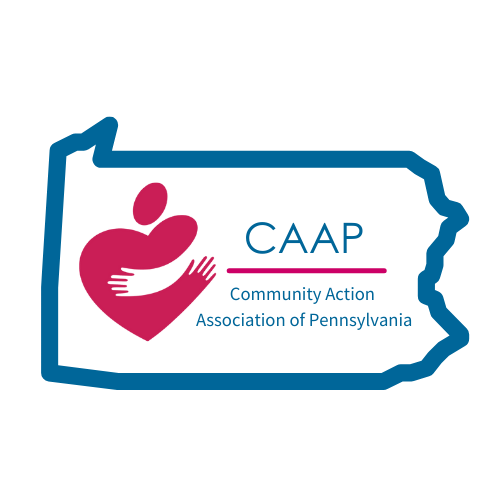This Isn’t a Handout. It’s Infrastructure.
When Crisis Hits, We Don’t Wait. We Act.
When disaster strikes, Community Action agencies don’t wait for permission.
When a flood hits or a pandemic upends life as we know it, we don’t check the political forecast.
We don’t ask whether it’s our job.
We just go.
Because Community Action isn’t charity.
It’s infrastructure.
Community Action Is What Holds the System Together
Too often, Community Action is mistaken for just another set of nonprofit organizations. In reality, Community Action is a network of county-based organizations, rooted in neighborhoods, woven into the daily life of towns and cities across Pennsylvania and beyond.
We aren’t outsiders who show up after the fact. We are the community. We live here, work here, and are ready to respond the moment a crisis unfolds.
When wildfires burn, when floods devastate families, when housing insecurity or rising costs put people at risk, Community Action is already here—acting as the backbone of recovery and rebuilding.
What the First 72 Hours Really Look Like
In the first three days of a disaster, survival is about more than a roof overhead. Our agencies mobilize to provide:
Temporary shelter when families are forced to evacuate.
Hot meals three times a day when every refrigerator, stove, and microwave has been destroyed.
Clean water when wells are contaminated or city systems fail.
Mental health support for those in shock and overwhelmed by loss.
Hygiene essentials—clothing, undergarments, PPE, and personal care items.
Storage and cleaning supplies so people can salvage what little they can and begin the painful work of rebuilding.
These aren’t optional “extras.” They are immediate, life-sustaining needs—and Community Action is uniquely positioned to deliver them quickly, at scale, and with compassion.
The Role Only Community Action Can Play
By Day 5 of recovery in a recent flood in Texas, Community Action Agencies were asked to function as the central command for the recovery effort. Why? Because our systems already track data, document services, and connect across agencies. That meant we could:
Coordinate volunteers, case management, and donation distribution.
Produce the reporting needed for FEMA and county-level funding matches.
Ensure that services weren’t duplicative, but comprehensive.
In practice, that looked like:
Staging donations and directing them to the right partners: pet supplies to animal services, baby items to family resource centers, food to local banks.
Standing up an online delivery system to get supplies directly to households without overwhelming limited storage capacity.
Using CSBG Disaster funds to cover temporary shelter, storage units, relocation costs, utility restoration, and long-term housing stability.
Community Action isn’t just filling gaps. We’re holding communities together.
Fund Community Action Like Infrastructure
When a bridge collapses, no one debates whether to rebuild it.
When a water system fails, everyone understands it must be restored.
We call those things infrastructure because they’re essential. But housing support, food access, case management, and mental health resources are no less essential, and no less fragile when neglected.
Communities don’t recover because of one-time charity drives. They recover because systems exist to respond, adapt, and rebuild. Community Action is that system.
And it’s not only during disasters. Every single day, Community Action agencies are quietly building stronger communities—helping families keep their homes, connecting people to jobs, ensuring children have care and food, and reaching those who fall through the cracks of larger systems.
The reason we can mobilize so quickly in moments of crisis is because we are already here, doing the work, consistently and without fanfare. Crisis response is visible, but it rests on the invisible, steady foundation of everyday action.
Why This Matters Now
Right now, vital community infrastructure is being undervalued in budget debates. Policymakers are tempted to paint every organization with broad strokes, dismissing infrastructure like Community Action as optional, or worse, disposable.
That narrative is dangerous. When the next flood hits—whether “somewhere else” in Pennsylvania or your own backyard—it won’t be an abstract debate. It will be your neighbor who needs hot meals, your co-worker who needs rental assistance, or your friend’s family who needs mental health support.
Community Action will be there. The question is: will we fund it like the essential infrastructure it is?
A Call to Reset the Narrative
Community Action isn’t a handout.
It’s not a feel-good patch.
It’s the framework that allows families to move forward and communities to recover.
We need to speak about it like infrastructure.
Fund it like infrastructure.
Defend it like infrastructure.
Because when crisis hits, we don’t wait—we act. And we’ll be there for you, too.
Let’s Talk:
If every Community Action agency closed tomorrow, who would fill the gap?
We’d love to hear your perspective: leave us a comment to join the conversation.






